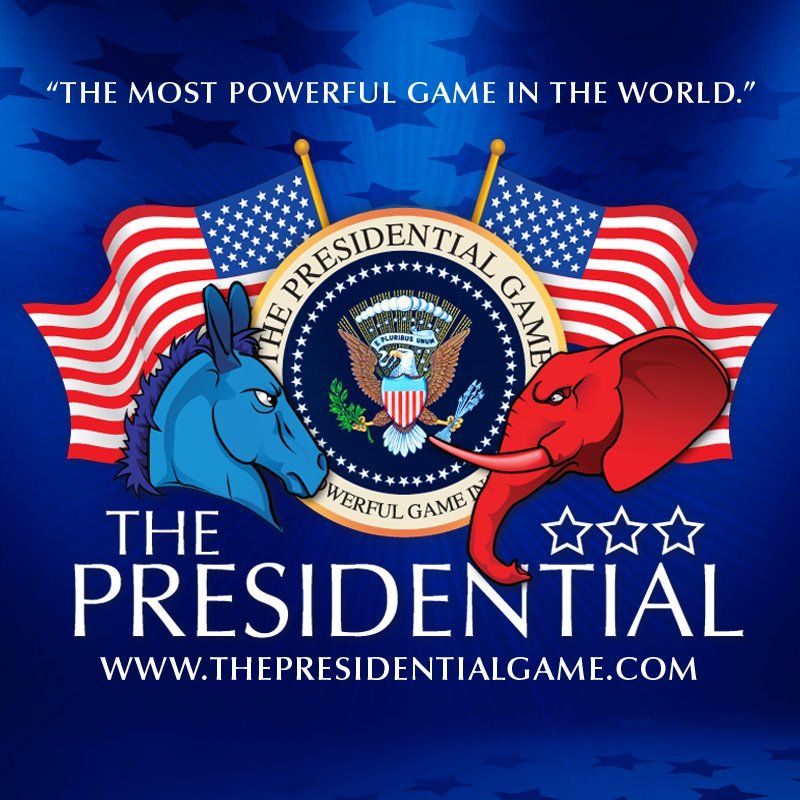When you can play a game with your kids and learn at the same time, that is a win-win situation. The game we had the opportunity to play was The Presidential Game. It gives kids the chance to see how the electoral college works (sort of). The goal of the game is to be the political party with at least 270 of the 538 electoral votes. It is geared towards kids 11 and older and can be played by two or more players.
In our family, there was pre-campaign fighting over which political party they would each belong to, so we switched it up each time we played. The first time we played, we followed the directions to the letter. We decided we would only play for 10 weeks, which is only 10 turns for each political party. The game can last 30 weeks (or turns). Teams choose whether to campaign or go fundraising. Fundraising can only occur in four states: New York, Florida, Texas, and California. These are the states with the most electoral votes, and they are marked like a dollar bill instead of a solid color. Each party has three dice they roll on each turn. When fundraising, at least half of what is rolled must go to the fundraising state that was chosen before the roll. The rest of the chips can be put anywhere else. After the turn is over for the fundraiser, that party draws a politics card. Some of these cards give your opponent chips to place; some give your own party chips to place. Sometimes you can choose where to place them; sometimes you are told where to place them. My kids LOVED fundraising so that they could draw a card and, hopefully, gain more chips. Some of the cards were funny, and my kids would say, "What does that have to do with anything?" It gave them an idea of some of the ridiculous things people get caught up in during the political process and how seemingly minor infractions can cost a state.
The party that chooses to campaign rolls its three dice and distributes chips equivalent to each die to any three states they choose. We constantly vied for control of California until once when 11 chips were placed on it. This all but guaranteed the other team would control it at the end of the game. No politics card is chosen when campaigning.
The first time we played, we used the score card as the directions indicated. Each time a state was "won," we would add that to the total. If we had taken it away from the other party, we would subtract that state's electoral votes from our opponents. It just got too cumbersome to try to remember all the additions and subtractions on each turn for each party. If there were more spaces on the score card, it might not have been as difficult. We decided that the next time we played we would not use the score card at all but would simply add up each party's states at the end and see who had gained the most electoral votes. This made the game go so much faster, and my kids enjoyed it A LOT more. Their competitive spirit really came out, but they were learning as they were competing. My boys, especially, seemed to really enjoy this game.
Included with the game is an "Electoral WebMap Calculator." Using a password that is on the instruction sheet, you can record the results for each team on a map on the computer which then keeps a running total of the electoral votes each team has. We did not use this map since it was just as easy to simply count our totals at the end, but I could see how kids would really enjoy using it while playing the game.
This game sells for $35 on the The Presidential Game website.




